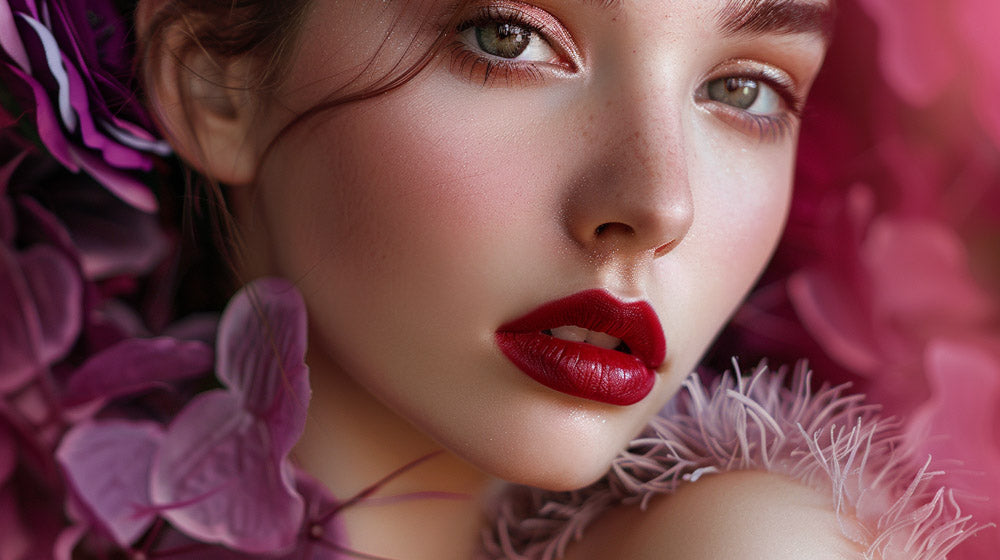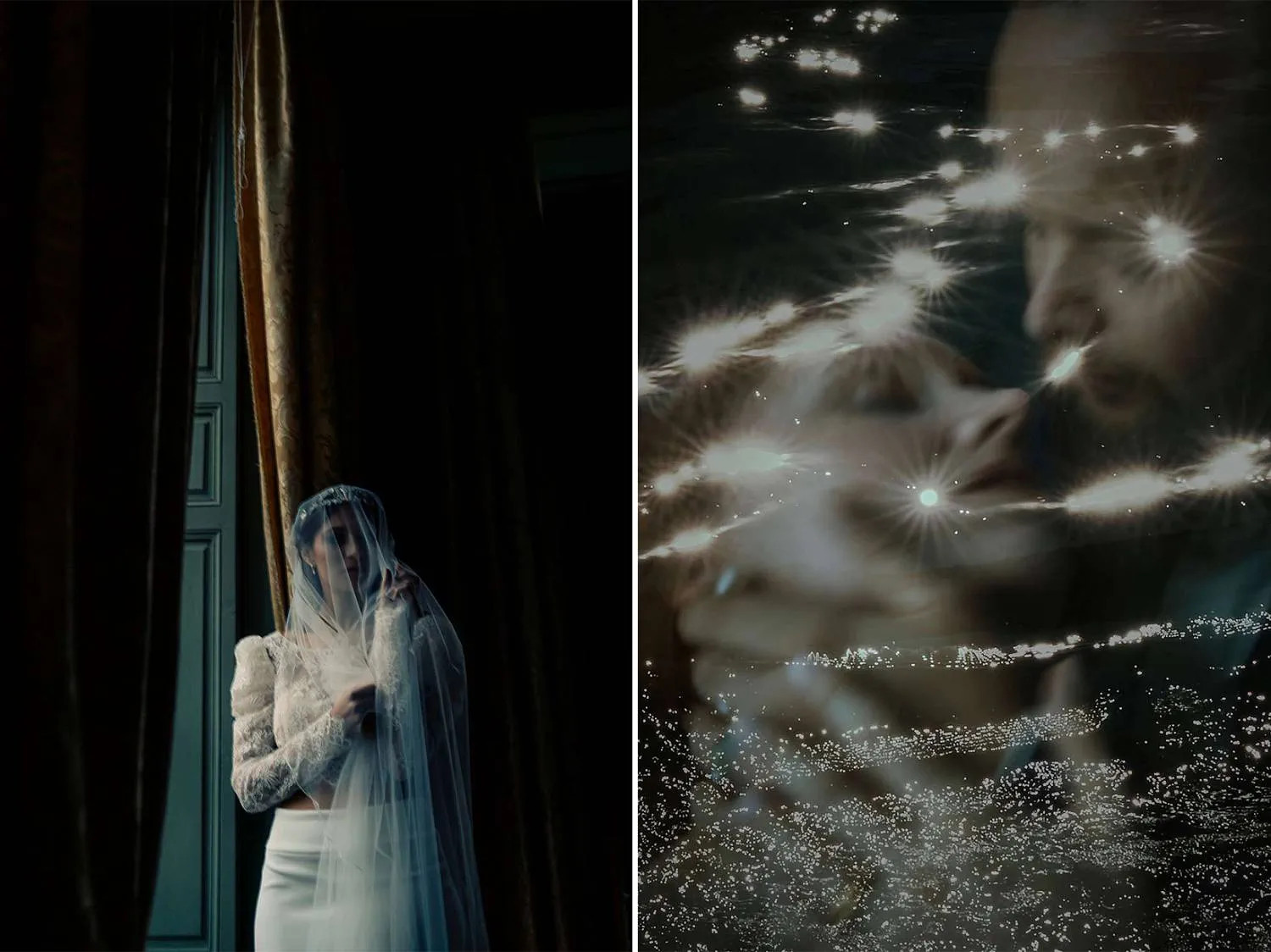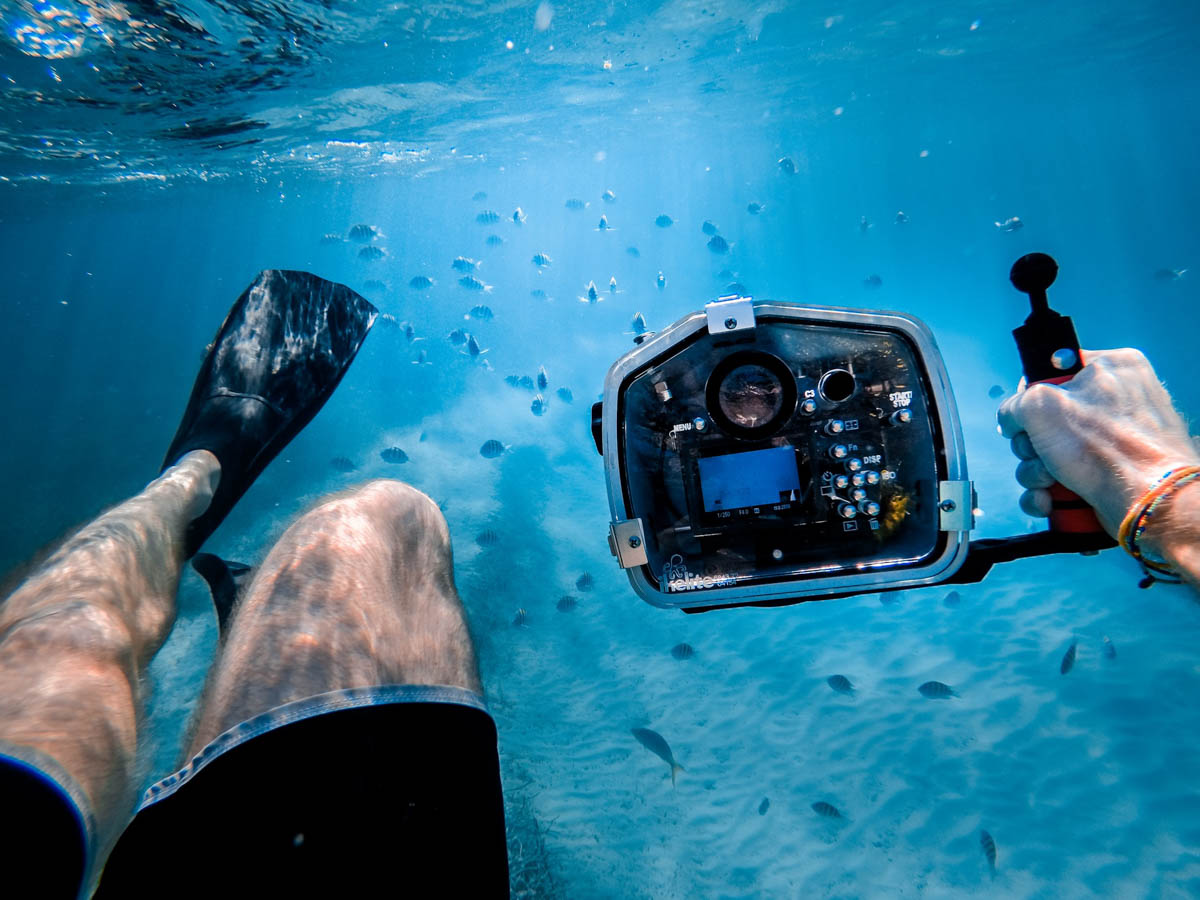Harnessing the Art of Photography: Unveiling Trends and Mastering Techniques

13-12-2024, 18:49 Admin 5 554 0
As we delve into the fourth chapter of our sublime exploration of the intersection of photography and technology, let's take a unique route and discover the trends and techniques being shaped by innovations in digital technology.
In our previous narratives, we had explored various facets of this realm. This time, we are going to examine the advancements in software and image processing technology that are redefining the art of photography.
Let's embark on this journey and comprehend the seismic shifts happening in the photography landscape.
**1. Computational Photography: Reimagining Reality**
Computational photography refers to digital image capturing and processing techniques that use computational methods to enhance or extend the possibilities of digital photography. This trend is underpinned by the theory that image enhancement doesn't have to stop at the click of the shutter.
While traditional photography relies on the camera and the photographer's skillset, computational photography brings forth the power of advanced algorithms, artificial intelligence, and machine learning. This technology does wonders when skillfully harnessed. For instance, it allows HDR (High Dynamic Range) photography where multiple images taken at different exposures are combined into one highly detailed image. Google's Night Sight feature in their Pixel phones is a prime example of this approach.
**2. Smart Editing Tools: Efficiency Unparalleled**
Digital technology has also revolutionized post-processing, the phase where raw images transform into captivating works of art. The recent surge in smart editing software harnesses machine learning to simplify complex editing tasks, significantly improving efficiency.
Software like Skylum’s Luminar 4 offers a host of AI-driven tools that can, for example, replace skies with just a single click. It can smartly identify the sky in any picture using its algorithm and swap it with other pre-loaded sky images or one of your choices, emulating hand-drawn precision and detail.
**3. Drone Photography: Soaring New Heights**
The advent of drone technology has opened up vistas hitherto unexplored. It offers a unique perspective, quite literally, allowing photographers to capture extraordinary visual narratives from improbable vantage points.
Drone photography offers a unique opportunity for architectural, landscape, and event photographers, among others, to imbue their work with a new level of dynamism. Companies like DJI provide specialized drone cameras like the Phantom 4 Pro, equipped with a 1-inch 20-megapixel sensor capable of shooting 4K/60fps videos.
**4. Virtual Reality (VR) and Augmented Reality (AR) Photography**
VR and AR technologies are another frontier tech reshaping photography. While still in its early stages, the potential is vast. 3D Virtual Tours allow real estate and interior photographers to offer immersive, interactive experiences, transforming the way spaces are presented.
On the other hand, AR overlays digital information onto the physical world. This opens up a myriad of possibilities in fields such as product, advertising, and fashion photography.
**Concluding Note**
Whether you view it as an art form, a profession, or a hobby, it's vital for photographers to stay abreast of the latest technological trends. Today's digital age offers countless opportunities to elevate the artistry and efficiency of our photographic projects. While these innovations continually redefine the art of photography, mastering their use will undeniably add depth to your craft.
In our previous narratives, we had explored various facets of this realm. This time, we are going to examine the advancements in software and image processing technology that are redefining the art of photography.
Let's embark on this journey and comprehend the seismic shifts happening in the photography landscape.
**1. Computational Photography: Reimagining Reality**
Computational photography refers to digital image capturing and processing techniques that use computational methods to enhance or extend the possibilities of digital photography. This trend is underpinned by the theory that image enhancement doesn't have to stop at the click of the shutter.
While traditional photography relies on the camera and the photographer's skillset, computational photography brings forth the power of advanced algorithms, artificial intelligence, and machine learning. This technology does wonders when skillfully harnessed. For instance, it allows HDR (High Dynamic Range) photography where multiple images taken at different exposures are combined into one highly detailed image. Google's Night Sight feature in their Pixel phones is a prime example of this approach.
**2. Smart Editing Tools: Efficiency Unparalleled**
Digital technology has also revolutionized post-processing, the phase where raw images transform into captivating works of art. The recent surge in smart editing software harnesses machine learning to simplify complex editing tasks, significantly improving efficiency.
Software like Skylum’s Luminar 4 offers a host of AI-driven tools that can, for example, replace skies with just a single click. It can smartly identify the sky in any picture using its algorithm and swap it with other pre-loaded sky images or one of your choices, emulating hand-drawn precision and detail.
**3. Drone Photography: Soaring New Heights**
The advent of drone technology has opened up vistas hitherto unexplored. It offers a unique perspective, quite literally, allowing photographers to capture extraordinary visual narratives from improbable vantage points.
Drone photography offers a unique opportunity for architectural, landscape, and event photographers, among others, to imbue their work with a new level of dynamism. Companies like DJI provide specialized drone cameras like the Phantom 4 Pro, equipped with a 1-inch 20-megapixel sensor capable of shooting 4K/60fps videos.
**4. Virtual Reality (VR) and Augmented Reality (AR) Photography**
VR and AR technologies are another frontier tech reshaping photography. While still in its early stages, the potential is vast. 3D Virtual Tours allow real estate and interior photographers to offer immersive, interactive experiences, transforming the way spaces are presented.
On the other hand, AR overlays digital information onto the physical world. This opens up a myriad of possibilities in fields such as product, advertising, and fashion photography.
**Concluding Note**
Whether you view it as an art form, a profession, or a hobby, it's vital for photographers to stay abreast of the latest technological trends. Today's digital age offers countless opportunities to elevate the artistry and efficiency of our photographic projects. While these innovations continually redefine the art of photography, mastering their use will undeniably add depth to your craft.
Related News
Leave a Comment


